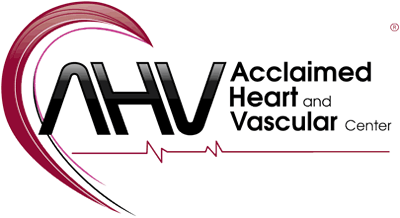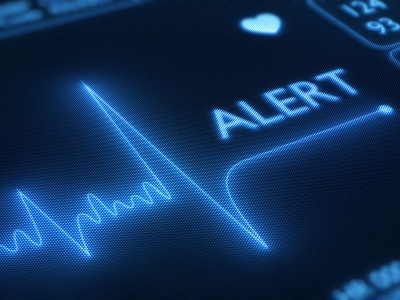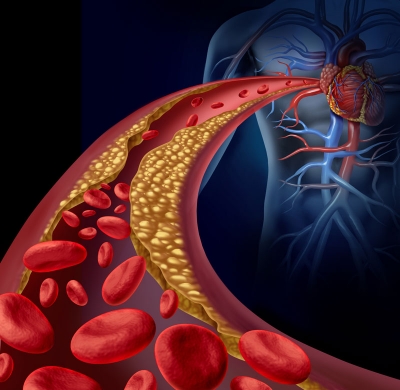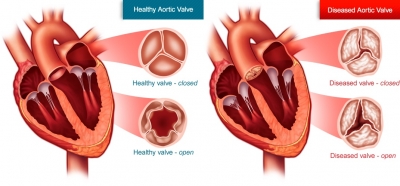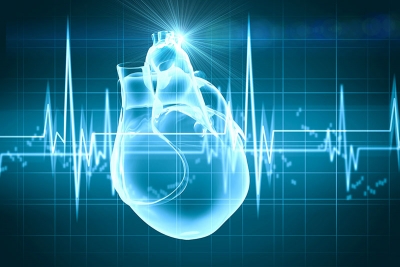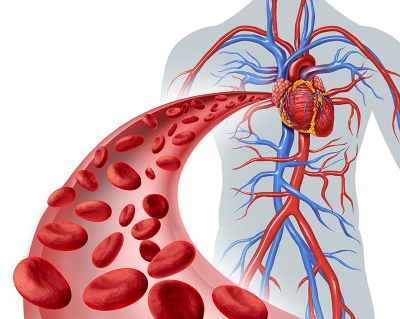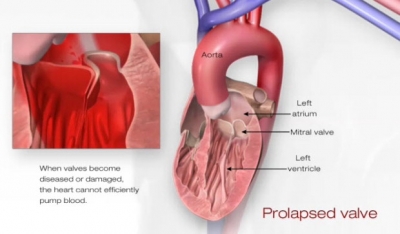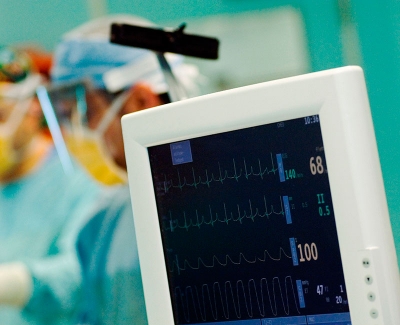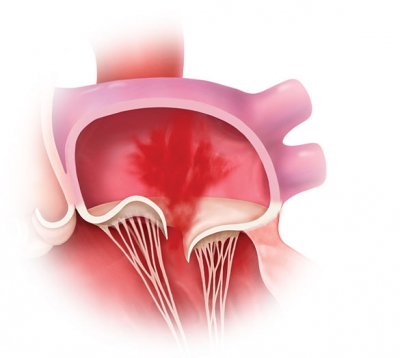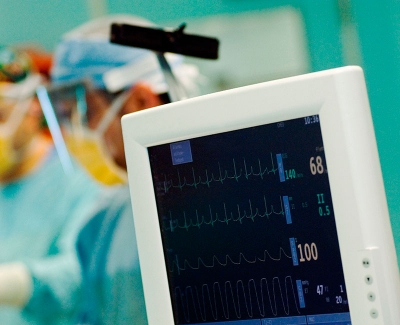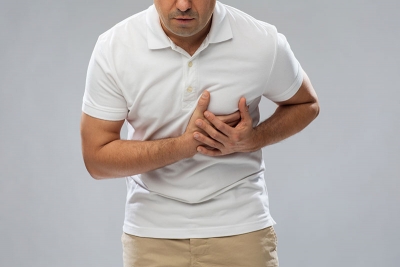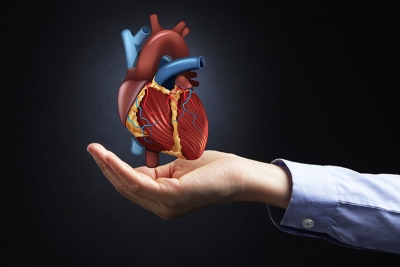Heart Disease
Heart failure, sometimes known as congestive heart failure, occurs when your heart muscle doesn't pump blood as well as it should. Certain conditions, such as narrowed arteries in your heart (coronary artery disease) or high blood pressure, gradually leave your heart too weak or stiff to fill and pump efficiently.
Currently, heart failure has no cure. However, treatments—such as medicines and lifestyle changes—can help people who have the condition live longer and more active lives. Researchers continue to study new ways to treat heart failure and its complications.
Congenital heart disease (CHD), or a congenital heart defect, is a heart abnormality present at birth. CHD can affect:
- the heart walls
- the heart valves
- the blood vessels
CHD is the most common type of birth defect and it causes more deaths in the first year of life than any other birth defects.
Atherosclerosis, or arteriosclerotic vascular disease, is a disease in which plaque builds up inside your arteries. Arteries are blood vessels that carry oxygen-rich blood to your heart and other parts of your body.
Plaque is made up of fat, cholesterol, calcium, and other substances found in the blood. Over time, plaque hardens and narrows your arteries. This limits the flow of oxygen-rich blood to your organs and other parts of your body.
Atherosclerosis can lead to serious problems, including heart attack, stroke, other cardiovascular diseases, or even death.
Aortic valve stenosis, or aortic stenosis, occurs when the heart's aortic valve narrows. The aortic valve allows blood to flow from the heart's lower left chamber (ventricle) into the aorta and to the body. This narrowing prevents the valve from opening properly, which obstructs blood flow from your heart into your aorta and onward to the rest of your body.
A pacemaker is a small device that is inserted in the abdomen or chest area to help control abnormal heart rhythms. It utilizes electrical impulses to help the heart muscle maintain a proper rhythm and heart rate. The primary purpose of a pacemaker is to maintain an adequate heart rate, either because the heart's natural pacemaker is not fast enough, or because there is a block in the heart's electrical conduction system.
Modern pacemakers are externally programmable and allow a cardiologist to select the optimum pacing modes for individual patients. Some combine a pacemaker and defibrillator in a single implantable device.
Carotid artery disease, or carotid artery stenosis, is the narrowing of the carotid arteries. This narrowing is usually caused by the buildup of fatty substances and cholesterol deposits, called plaque.
You have two common carotid arteries, one on each side of your neck. They each divide into internal and external carotid arteries. The internal carotid arteries supply oxygen-rich blood to your brain. The external carotid arteries supply oxygen-rich blood to your face, scalp, and neck.
Carotid artery disease (CAD) is a major cause of stroke in the United States. Over time, plaque hardens and narrows the arteries. This may limit the flow of oxygen-rich blood to your organs and other parts of your body (atherosclerosis).
Mitral valve prolapse (MVP) occurs when one of your heart's valves doesn't work properly. The flaps of the valve are "floppy" and don't close tightly. Most people who have the condition are born with it. It also tends to run in families.
The mitral valve is a valve that lets blood flow from one chamber of the heart, the left atrium, to another called the left ventricle. In mitral valve prolapse, part of the mitral valve slips backward loosely into the chamber called the left atrium. This happens when the main heart muscle, called the left ventricle, squeezes during each heartbeat.
In mitral valve prolapse, the valve slips backward due to the abnormal size of or damage to the mitral valve tissues. For most people with mitral valve prolapse, the cause is unknown.
A heart palpitation is the sensation that your heart has skipped a beat or added an extra beat. It may feel like your heart is racing, pounding, or fluttering. You may become overly aware of your heartbeat. This sensation can also be felt in the neck, throat, or chest. It’s also possible that your heart rhythm can change during the palpitations.
Most heart palpitations are harmless and resolve on their own without treatment. But in rare cases, heart palpitations can indicate a serious condition.
Mitral valve regurgitation — also called mitral regurgitation, mitral insufficiency or mitral incompetence — is a condition in which your heart's mitral valve doesn't close tightly, allowing blood to flow backward in your heart. Thus, blood can't move through your heart or to the rest of your body as efficiently, making you feel tired or out of breath.
Heart disease is caused by narrowed, blocked or stiffened blood vessels that prevent your heart, brain or other parts of your body from receiving enough blood. Heart disease symptoms may be different for men and women. For instance, men are more likely to have chest pain; women are more likely to have symptoms such as shortness of breath, nausea and extreme fatigue.
Symptoms can include:
- Chest pain (angina)
- Shortness of breath
- Pain, numbness, weakness or coldness in your legs or arms
Arrhythmias are abnormal beats. The term arrhythmia refers to any change from the normal sequence of electrical impulses, causing abnormal heart rhythms. Arrhythmias may be completely harmless or life-threatening.
Some arrhythmias are so brief (for example, a temporary pause or premature beat) that the overall heart rate or rhythm isn't greatly affected. But if arrhythmias last longer, they may cause the heart rate to be too slow or too fast or the heart rhythm to be erratic – so the heart pumps less effectively.
Coronary Artery Disease, also called Coronary Heart Disease, affects millions of Americans. This serious disease is a result of plaque buildup in your arteries.
The arteries, which start out smooth and elastic, get plaque on their inner walls, which can make them more rigid and narrowed. This restricts blood flow to your heart, which also restricts the flow of oxygen to your heart.
If the flow of oxygen-rich blood to your heart muscle is reduced or blocked, angina or a heart attack can occur. A heart attack occurs if the flow of oxygen-rich blood to a section of heart muscle is cut off. If blood flow isn’t restored quickly, the section of heart muscle begins to die. Without quick treatment, a heart attack can lead to serious health problems or death.
